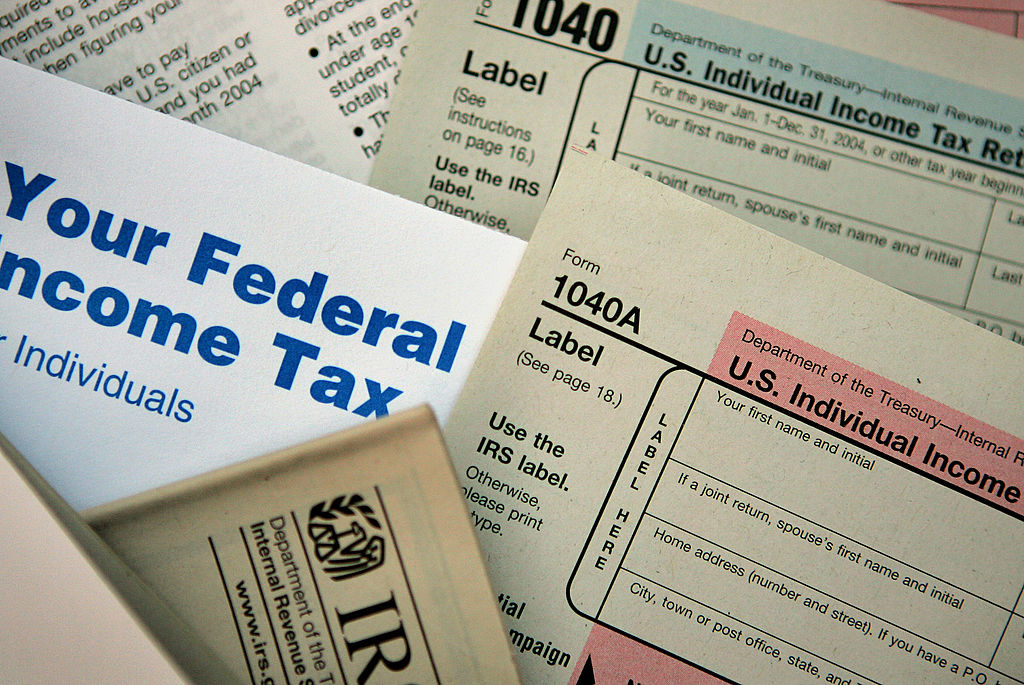Filing your taxes and receiving your refund can be an anxious time as you wait to get money back that belongs to you. While federal refunds typically take 21 days after filing to be deposited, state refunds can vary greatly in timing depending on where you live. Fortunately, most states provide online tools to check the status of your refund and get an estimated deposit date. This article will overview the best tools to quickly access and track your 2024 state tax refund.
Eligibility To Receive A State Tax Refund
Not all states levy a personal income tax, meaning refund eligibility varies. The states with no income tax are Alaska, Florida, Nevada, South Dakota, Texas, Washington, and Wyoming. New Hampshire and Tennessee tax only dividends and interest income above certain thresholds.
If you live and file taxes in a state with an income tax, you may be owed a state tax refund if:
- You overpaid taxes through paycheck withholdings or estimated quarterly tax payments to your state treasury department. Your state tax liability may have changed due to life events.
- You qualify for state tax credits or deductions that reduce your state tax burden, resulting in overpayment. Examples are homeownership and education credits.
Tools To Track State Tax Refund Status
If you are expecting a refund from your state tax return, utilize online tracking tools to monitor the status. States provide individualized portals with personalized access requiring details like your Social Security Number. Check your state’s Department of Revenue website for its specific refund tracking tool.
What You’ll Need To Track Status
To access state tax refund status tracking tools, have these items ready:
- Social Security Number – This unique identifier confirms your identity.
- Filing Status – Input whether you filed individually or jointly.
- Refund Amount – The exact state refund amount on your filed return.
- Date of Birth – An extra identity verification safeguard.
- Prior Year Data – Some states require your latest tax return data.
Frequency Of Checking Status
Don’t check more than once a day as state departments update overnight, not constantly. Patience is key, but contact your state if your refund is severely delayed past communicated timelines.
State Tax Refund Tracking Tools
Here are direct tracking tool links for some of the states with the biggest populations:
Expected State Tax Refund Processing Timelines
Another benefit of state refund tracking tools is visibility into expected processing time after filing your return:
- E-Filed Returns – Generally deposit refunds 1-3 weeks after acceptance.
- Paper Filed Returns – Take 6-12 weeks for refunds to process. E-file instead for speed.
Once the communicated timeline passes, you can call state departments for personalized refund status updates. Don’t panic if still pending, as state returns face greater delays than federal returns.
What To Do If Your State Tax Refund Is Delayed
If you verified your state tax refund is delayed past published timelines, take action by:
- Calling your state tax department for a refund status update.
- Checking for state tax department notices sent to your address about issues.
- Reviewing your tax return for potential errors delaying processing.
- Amending your state tax return if substantial mistakes are found and communicated.
How To Spend Your State Tax Refund Wisely
When your refund finally deposits, use the funds intentionally rather than wasting them:
- Pay down high-interest debts lowering total interest costs.
- Build up emergency savings to cover surprise expenses.
- Invest for retirement giving savings years to compound.
- Make major purchases that improve daily life like appliances.
- Donate a portion to give back to your community.
Conclusion
Knowing how to track your state tax refund provides peace of mind that a refund you depend on is indeed still coming. While waiting continues after filing, checking your state’s tracking tools gives visibility into processing status and expected timelines. If severely delayed, contact state departments directly for personalized support. When funds do arrive, use your state tax refund wisely to improve finances rather than waste it.
